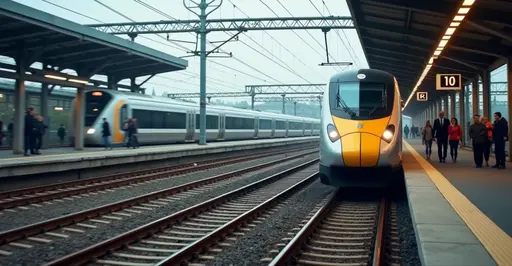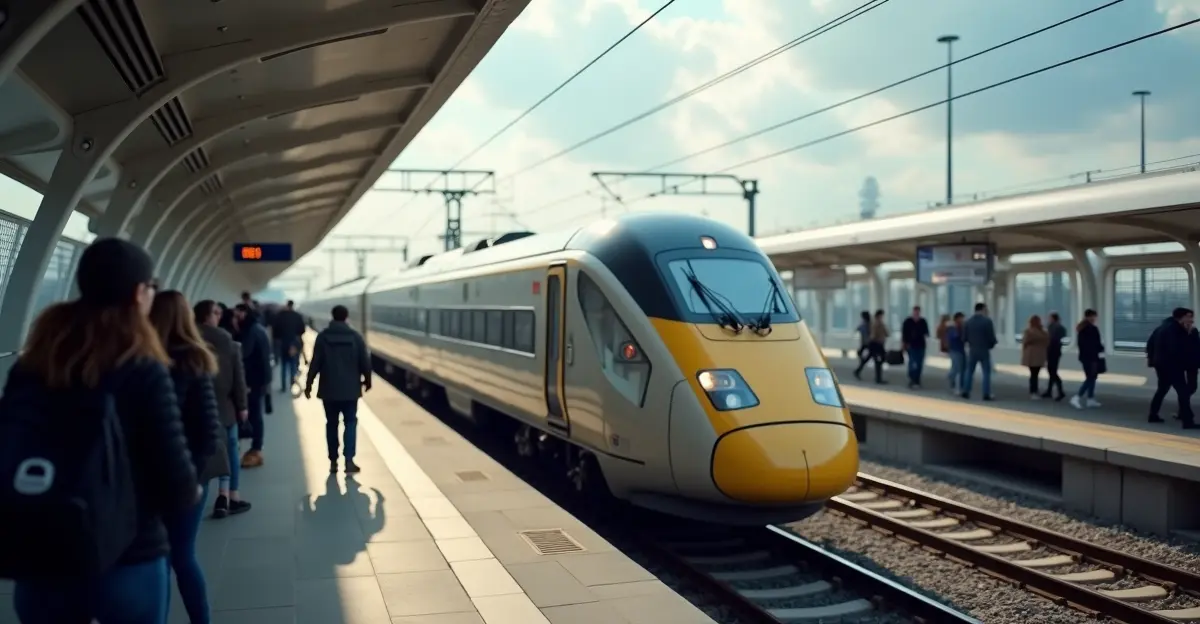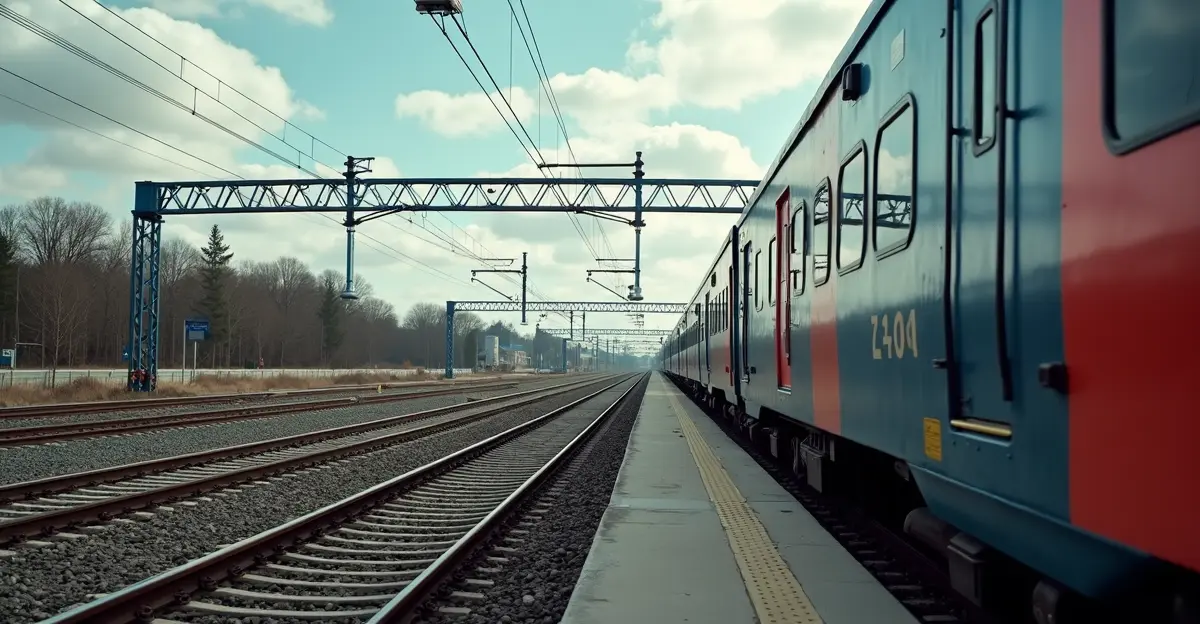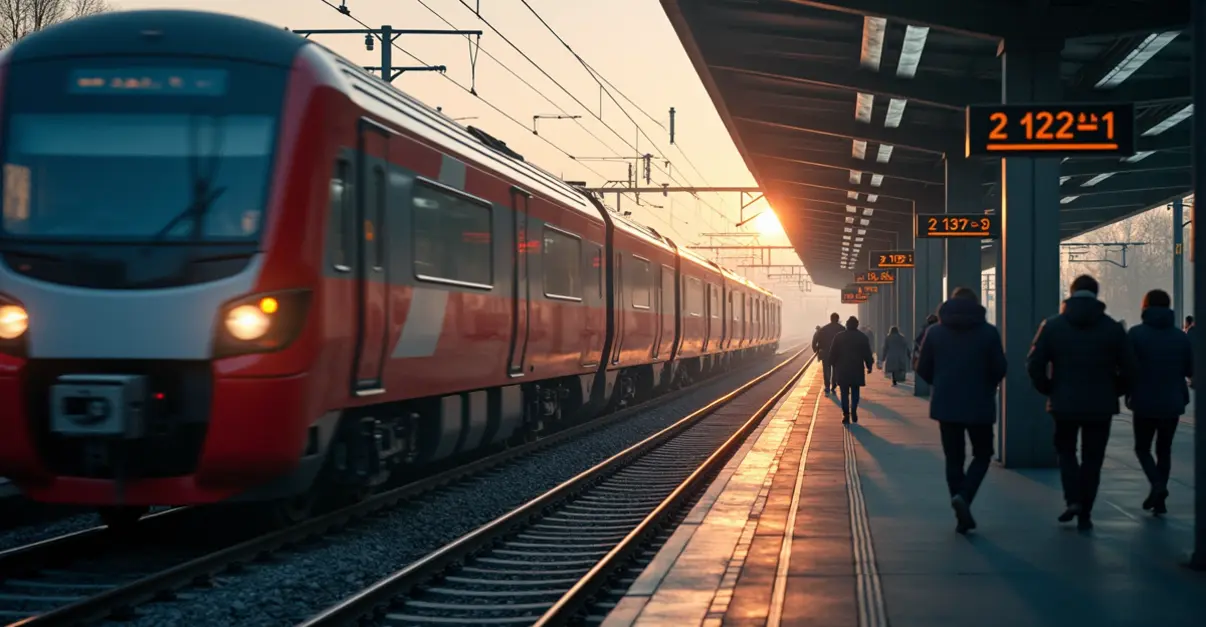EU unveils €550 billion plan to create high-speed rail network by 2040, cutting travel times by half on key routes like Berlin-Copenhagen and Paris-Madrid while promoting sustainable transport.

Revolutionizing European Travel
The European Commission has unveiled an ambitious €550 billion high-speed rail plan that promises to transform cross-border travel across the continent. Announced on November 5, 2025, this comprehensive initiative aims to create a fully integrated high-speed network by 2040, dramatically reducing travel times between major European cities and making rail the preferred choice for sustainable mobility.
Dramatic Time Reductions
The plan targets some of Europe's most popular routes for significant improvements. "We're talking about cutting travel times by half on many key routes," said Transport Commissioner Apostolos Tzitzikostas during the announcement. "This will make cross-border rail the backbone of a sustainable Europe while strengthening our economy." Key improvements include reducing Berlin-Copenhagen travel from 7 to 4 hours by 2030, cutting Sofia-Athens journey time from over 13 hours to just 6 hours by 2035, and enabling Paris-Madrid travel in 6 hours instead of the current lengthy journey requiring multiple connections.
Four-Pillar Strategy
The Commission's approach is structured around four key pillars: accelerating investment and infrastructure development, removing cross-border bottlenecks, creating an attractive service framework, and supporting innovation in rail technology. The plan acknowledges that current train tickets are often twice as expensive as flights on average and proposes increasing competition among operators to reduce prices. European Commission documents outline how the initiative will support the EU's carbon-neutral 2050 goal while enhancing Europe's global competitiveness.
Breaking Down Barriers
One of the major challenges identified in the plan is the fragmentation of Europe's rail systems. Different countries use varying ticketing systems, technical standards, and operational procedures that create obstacles for seamless cross-border travel. "The borders between countries still form an obstacle," the Commission acknowledged in its assessment. "Railway companies use different ticket systems, prices are too high, and connections don't align properly." The plan aims to address these issues through harmonization and by making it easier for new operators to access national networks.
Competition and Investment
The Commission is pushing for increased competition in the rail sector, pointing to successful examples in Spain and Italy where market opening has led to lower prices and more passengers. However, this approach faces resistance in countries like the Netherlands, where the national railway NS recently faced legal challenges from the European Commission over direct awarding of contracts. Industry analysis suggests that competition is essential for creating a well-functioning rail market that benefits consumers.
Economic and Environmental Benefits
The rail sector has enthusiastically welcomed the plan, with the Community of European Railway and Infrastructure Companies (CER) estimating that every €1 million invested generates 2.8 job-years. CER projections indicate that a comprehensive high-speed network could save Europe the equivalent of 11.6 billion barrels of oil and 5 billion tonnes of CO2 by 2070, with net benefits estimated at €750 billion. The initiative also aims to boost Europe's train manufacturing capacity to compete with Asian producers and develop next-generation rolling stock.
Implementation Timeline
The first new high-speed lines are expected to become operational by 2030, with full network completion targeted for 2040. The EU has already committed €34.4 billion through the Connecting Europe Facility for 804 rail projects, with plans to mobilize an additional €2.9 billion by 2027. The Commission will develop a dedicated financing strategy and culminate the initiative with a High-Speed Rail Deal to mobilize the necessary investments. Additional measures include improved cross-border ticketing systems, enhanced passenger rights, and technical standardization across member states to support the EU's sustainable transport goals.

 Nederlands
Nederlands
 English
English
 Deutsch
Deutsch
 Français
Français
 Español
Español
 Português
Português









